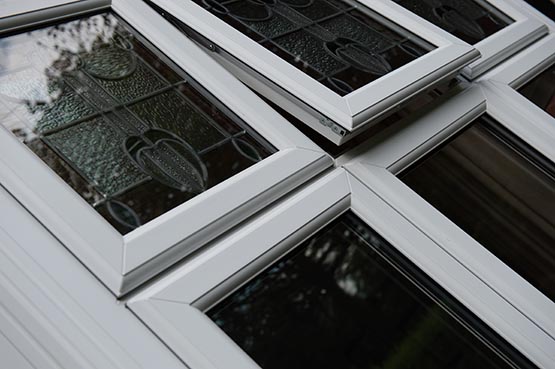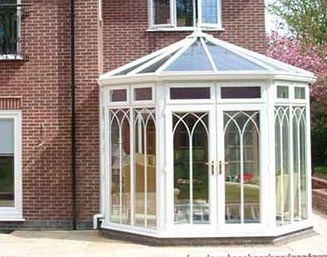Approved Trader
Colour Palette
Air Conditioning
Services

Find a local trader and receive competitive FREE quotes?
Colours are everywhere around us, we breathe it states of mind, feelings, they give us the strength to move forward or we sink into a deep silence. In addition, in different countries, cultures and eras, the colours take different meanings sometimes at odds with those of neighboring cultures; like white in the West associated with purity, when it is related to mourning in most Asian countries. Carries a meaning and a symbolic colour cannot be chosen lightly, especially for your homes interior. You'll need to consider the mood you want to create and the fixtures and fittings to match the colour scheme chosen. Then comes the subjective matter of taste and harmony, as if everybody s' agrees that navy and black will not do wonders, what about for the pink and red? One thing is certain, your own desires will strongly impact on your homes chosen colour palette.
The colour wheel
With a wide variety of surfaces and materials to choose from the use of a colour wheel can help you create the perfect colour palette for your homes interior design, in order to associate the most similar shade taken from the range of colours. This tool can isolate up to four dominant colours from multicoloured patterns, and create a harmonious palette of complementary colours.You want to create a colour palette?
Monochrome palettesThe monochromatic palette shows the arrangement as simple decoration. Only one colour is used there, available in various shades and nuances and sometimes associated with touches of black and white. Since no other colour competes with the chosen hue, monochromatic palette shows the arrangement the more sober and most relaxing. Use this palette when you want to create a harmonious and soothing or unify a space. The monochrome colour chart is particularly effective in the bedroom, the bathroom, the smaller rooms, hallways and in any area that calls for calm and relaxation.
Contrasting palettes
Two opposite colours on the colour wheel creates an arrangement of contrasting colours or "complementary." This arrangement offers a set of exciting colours. Depending on the intensity of the selected shades, the effect will sometimes light and cheerful, sometimes open and dynamic. This type of combination is designated for entrance halls, living rooms, children's rooms, kitchens or in any room where it is possible to play with colour.Refer to the colour wheel to design the range of a particular room, or to coordinate colours and accents of the entire interior. We present here the most common arrangements of colours; use them on your own as a starting point for all your decorating projects.
Harmonious pallets
Colours side by side on the colour wheel consist of an arrangement harmonious colours are described as "similar". This arrangement is composed of colours that naturally flow from one to the other to create a pleasant visual harmony. Frequently we find this type of combination of fabrics, artwork and accessories. This palette is useful for creating a visual link between various adjacent rooms, such as living room and dining room or family room and office.Dynamic palettes
Together, three shades form a triangle on the colour wheel comprise an array of vibrant colours or "triadic". By thus combining dramatically different colours, you get a bold palette more dynamic. Use this arrangement where you want to have fun with the colour. The bright colours will add a good dose of liveliness to a room, while softer shades compose a cozy and unique atmosphere. Try this palette in the family room, game room, kitchen or any space where you want to encourage movement and liveliness.Dimensions of Colours: The colours are identified by three elements:
Hue
The index of light reflectance
Saturation
Combined, these three dimensions are used to create all colours of the spectrum.
Hue - This is the real colour. This is what differentiates blue or red orange yellow, for example.
Index of light reflectance - The reflectance of a colour in the light dictates whether the colour is pale or dark. In the illustration below cons, we can see that white and black are at opposite poles of the axis reflectance, separated by the whole range of gray tones.
Saturation - Saturation is the colour intensity. The less saturated colours are located nearer the center of the axis. In contrast, the colours having greater intensity are located on the outer perimeter of the colour space. Note: The three above characteristics give the colour its "character" unique and identify a soft colour, intense, pastel or dark.



